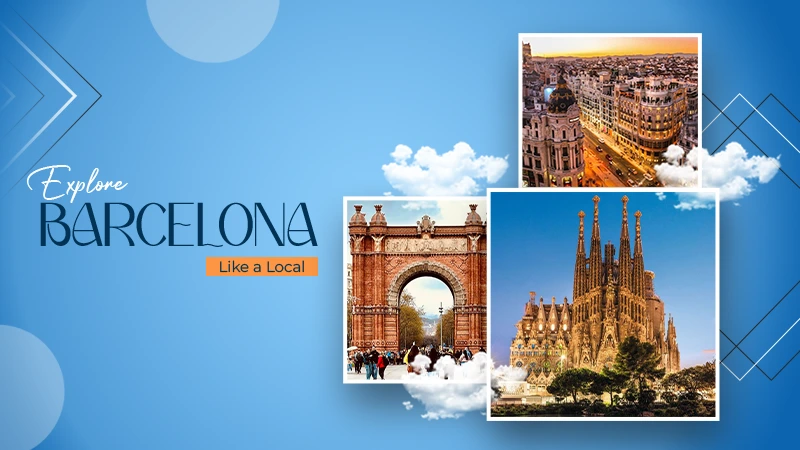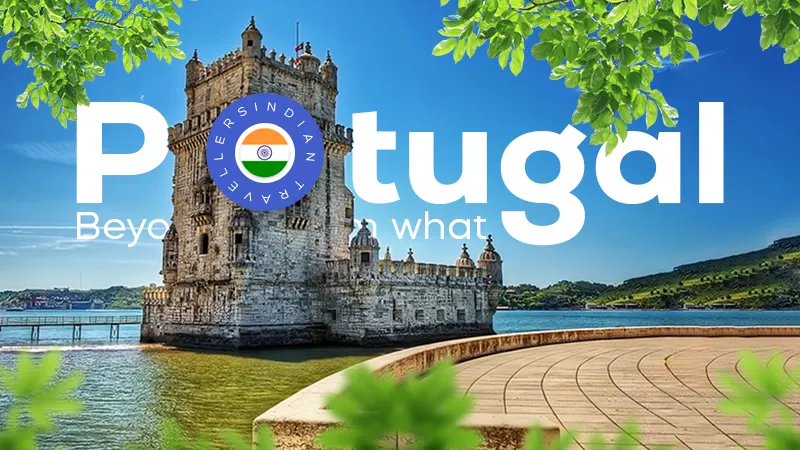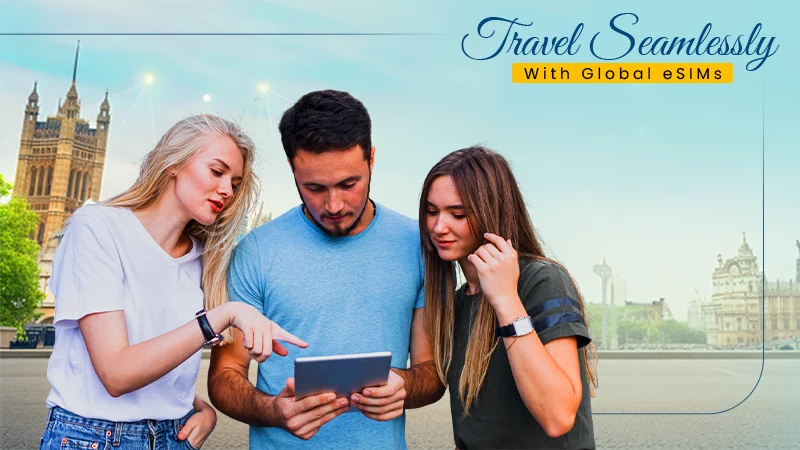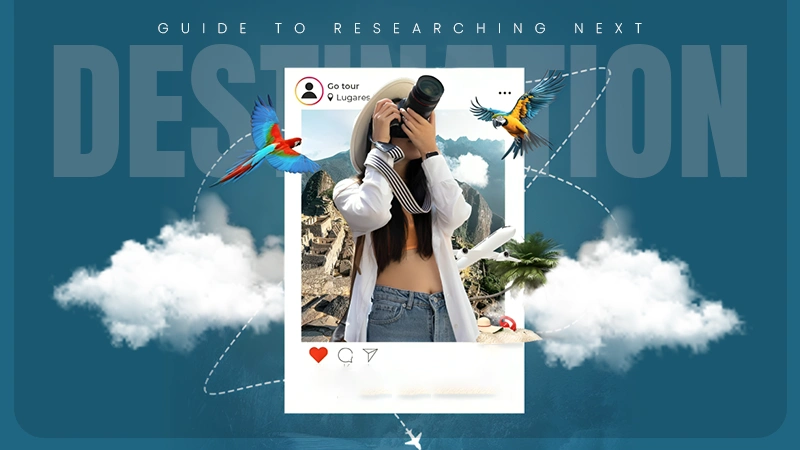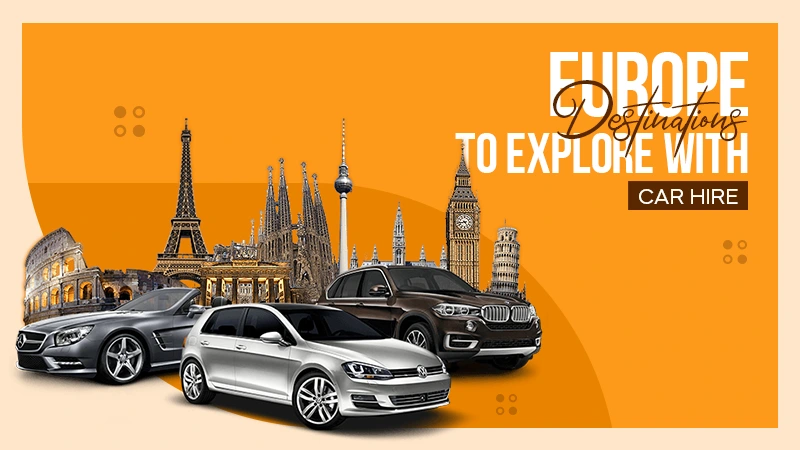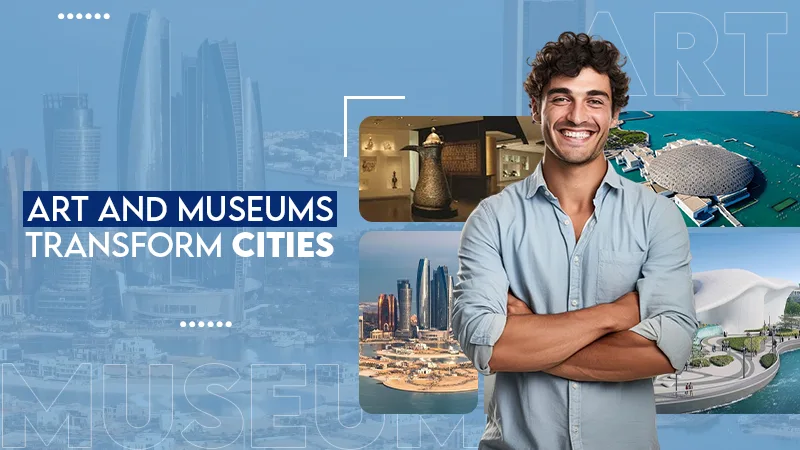
Cultural investment is revitalizing urban areas globally, transforming them into vibrant cultural hubs that attract attention and engagement. These cultural destinations are emerging as central points in communities that were once relatively tranquil.
They draw tourists, create employment opportunities for local residents, and serve as platforms for artists to showcase their work. These initiatives tend to have enduring positive impacts on both the economy and society at large.
Evidence from various fields, including education, pedagogy, urban development, and tourism, underscores the essential role of art in the metamorphosis of cities.
In this blog post, we will examine how municipalities are increasingly utilizing museums and exhibitions as strategic instruments for enhancing and elevating the quality of urban life.
Let’s begin!
Key Takeaways
- Understanding how art and museums revitalize cities
- Looking at the economic growth and global image factors
- Uncovering their impact on local artists and social well-being
- Creating a cultural bridge and promoting awareness
How Art and Museums Revitalize Cities
As cities search for natural expansion methods, many are turning to art and culture for this purpose.
Economic Growth Through Cultural Investment
The place is filled with cultural integrity always drives a significant economic growth. Museums, art fairs, and galleries have tourists visiting and patronizing hotels, restaurants, and stores in the surrounding areas. In the case of a city that constructs or rehabilitates a large museum, there is an increase in the number of tourists and international recognition.
For instance, the recent development of the Louvre Museum in Abu Dhabi placed the UAE on the global map as a tourist hub. Similar examples can be observed in cities such as Bilbao in Spain, where the construction of the Guggenheim Museum initiated more general processes of city revitalization and revitalization.
Cultural tourism continues to grow. For instance, specialists have projected that the number of tourists who go in search of heritage and art will constantly grow. As the demand rises, cities that establish cultural facilities get good returns on their investment.
Interesting Facts
Cultural attractions generate revenue for surrounding businesses, including restaurants, hotels, and retail shops. The Maryland State Arts Council found that arts groups in the state generated a $1.07 billion economic impact in 2012.
Enhancing Global Image and Identity
They not only serve as art repositories but also define a city. An exemplary museum can symbolize the progress and vision of a country or city, and it is an excellent opportunity to create one in the capital. In the same way, investments in institutions such as the Louvre and the Guggenheim, which will soon be established in Abu Dhabi, clearly indicate the city’s drive to become a cultural hub. This helps to attract talent from other countries and establish relations with foreign universities and colleges.
Similar efforts can also be observed in other cities; for instance, the National Museum of Modern and Contemporary Art of Korea in Seoul contributes to the formation of South Korea’s modern appearance. These cultural centres provide a clear vision of embracing innovation and relevance in today’s society.
Supporting Local Artists and Creative Talent
It should be noted that art centres provide visibility and an opportunity for local artists to be showcased. Manarat Al Saadiyat is an example of such a platform that assists new artists in achieving recognition in Abu Dhabi. They provide exhibitions, information, and business contacts. Such an environment fosters creativity, which is beneficial for the growth of cultural industries in the city.
The same applies to other cities. Berlin is one of the most welcoming cities for artists, providing numerous opportunities to finance independent projects. Local artists are important in giving culture a local experience and making it real to society.
Promoting a Better Quality Of Live And Social Well-Being
Art in community public spaces and the openness of museums improve the quality of urban life. They establish venues where people can come together, be taught, and even interact. Events like cultural fests and art galleries connect the younger generation to the to culture. Events like the Abu Dhabi Festival are occasions where people living in Abu Dhabi and tourists from other parts of the world can embrace the arts.
Art also has the social value of promoting community formation since it provides people with the common identity of a certain place. In multicultural cities, exhibitions that focus on cultural backgrounds can contribute to the improvement of integration. They provide people with an opportunity to communicate through different cultures. This is especially relevant in cities with significant expatriate communities like Abu Dhabi, London, and Toronto.
Promoting awareness among the population and encouraging the young generation
Museums and exhibitions are effective ways of learning. Many offer special programs for schools, children, and families. The Children’s Museum at the Louvre in Abu Dhabi has installed exhibits for children in order to make art more engaging and meaningful. Such incidents foster curiosity and innovation in the younger generation.
In cities like Chicago or Amsterdam, educational activities in museums have long been part of the general public’s perception of history, science, and art. These programs help nurture informed and active citizens.
Promoting Urban Renewal in the Underdeveloped Regions
Art can transform the physical appearance of a city, improving its streetscape, infrastructure, and public spaces. Such constructions help create better infrastructure, a clean environment, especially on the streets, and enhanced provision of public transport systems. The Saadiyat Cultural District in Abu Dhabi is an example of such a project, which includes several museum-related initiatives.
Bilbao’s example after the Guggenheim Museum’s construction is well illustrated. Before the advent of this museum in 1997, the city’s economic status was very poor. Today, it is an example of urban regeneration success. Many towns like Detroit and Pittsburgh use art to revitalize their old industrial areas.
Creating Cultural Bridges Across Nations
It is common to find art exhibitions that result from cooperation with artists from other countries. These exhibitions showcase artwork from a variety of countries and cultures, raising global awareness. The Louvre Abu Dhabi accomplishes this effectively by presenting art pieces from various eras and cultures in a way that demonstrates their interactions.
These exhibitions encourage cultural dialogue. They challenge and create understanding between one history and culture and another. Cities that engage in cultural diplomacy benefit more than in the areas of tourism and business; they foster discourse in the global world.
Conclusion
Apart from being centers of entertainment, museums and art exhibitions are facilitators of advancement. Abu Dhabi’s cultural renaissance enables the provision of employment to people, encourages tourism, and promotes the city to the rest of the world. On the same note, they enrich life by providing knowledge, fellowship, and inspiration.
Abu Dhabi is one of the cities that has demonstrated how cultural investment can influence the future. In this regard, it exemplifies how to support local talent while also welcoming international artists and making art accessible to all. As demand continues to grow, partnering with trusted experts like Abu Dhabi Sotheby’s can help you navigate the market confidently.
How does public art influence urban revitalization?
It influences urban revitalization because it can foster social well-being, psychological fulfillment, and economic growth.
Why is art important in cities?
Cities obtain their signature presence through their sacred art forms and attract countless enthusiastic tourists.
What positive impact did street art have on urban spaces?
It can transform the whole demography of the urban areas with the artistic approach and make the street more youthful and appealing.


